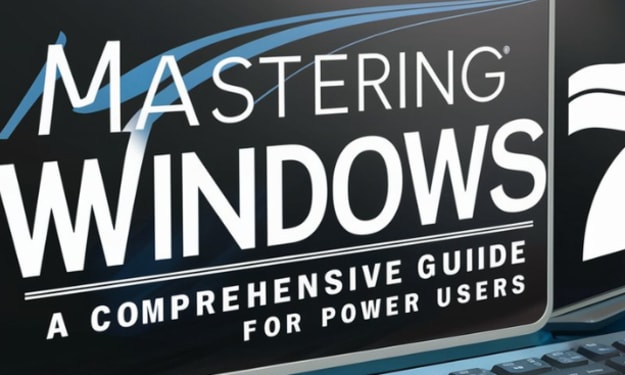How to Create Your Own Research Proposal
After enrolling in college and actually starting to write academically, you may not be aware of all kinds of assignment you have to complete.

After enrolling in college and actually starting to write academically, you may not be aware of all the kinds of assignments you have to complete. You know what an essay is and how to handle reading, but when you hear a professor mention a research proposal or literature review, your mind may think twice.
Please don't worry. We have you In short, a research proposal is a short sentence that accurately details what a larger research project covers. You may need to write one for your dissertation. If you choose to continue in academia after earning your bachelor's degree, you will write master's theses, dissertations, and research proposals for all other studies. At that point, you will be a research proposal professional. However, for now, we will answer all your questions and help you make your first one with confidence.
What is the purpose of your research proposal?
The purpose of the research proposal is to present the research plan that the author wants to do. In some cases, part of this goal is to secure funding for the above research.
In the research proposal, the authors indicate how and why their research is relevant to their field. They show that work is needed to:
- Bridging the existing research gap on their subject
- Emphasize existing research on the subject and/or
- Add new and unique knowledge to your existing understanding of academic subject matter
Research proposal structure
The research proposal follows a fairly simple structure. To achieve the objectives described in the previous section, almost all research proposals include the following sections:
- Foreword
- Your referrals accomplish several goals:
- Introducing your topic
- State your problem statement and the questions your study wants to answer!
- Providing research context
- The importance of background
This is why you need your research and how it relates to established research in your field. Your research can complement, enhance, or challenge existing research. Regardless of how your research "collaborates" with the work of other researchers, you will need to outline your research proposal.
It is also a section that clearly defines the issues you are working on in your research. By doing this, you explain why you need your job. In other words, this is the place to answer the reader's question "So what?"
Literature Review
In your literature review, we will list all the sources you plan to use in your research. This includes groundbreaking research and its data, books and academic papers. A literature review is more than a list of sources (that's what your bibliography is for). The literature review explores the collection of selected sources and explains how they were used in this study.
Study design, method and schedule
After the survey review, discuss the survey plan. Make sure this section covers the following aspects:
- The type of research you are doing. Do you do qualitative or quantitative research? Are you collecting original data or are you using data collected by other researchers?
- Are you conducting an experimental, correlated, or descriptive study
- The data you use. For example, if you are doing social science research, you need to describe the population you are investigating. You also need to explain how to select a subject and how to collect data from the subject.
Conclusion
This is where you put it all together. The conclusion section, like the concluding paragraph of an essay, briefly summarizes the research proposal and reinforces the stated research objectives.
Reference
Yes, you need to write a bibliography in addition to a literature review. Unlike your literature review, which explains the relevance of your selected sources and in some cases does not match them, your bibliography lists only your sources and their authors.





Comments
There are no comments for this story
Be the first to respond and start the conversation.